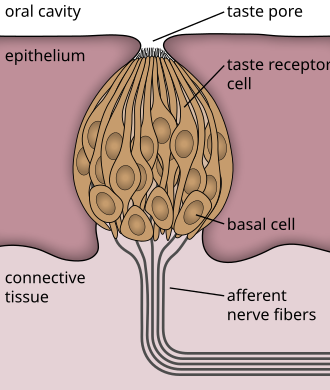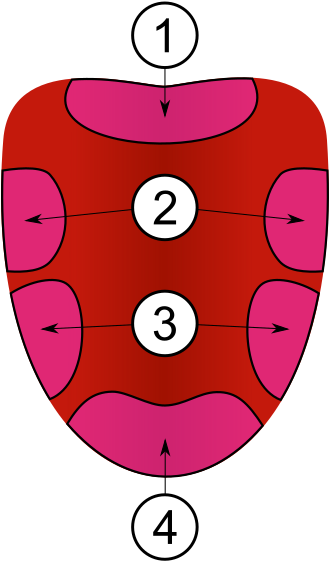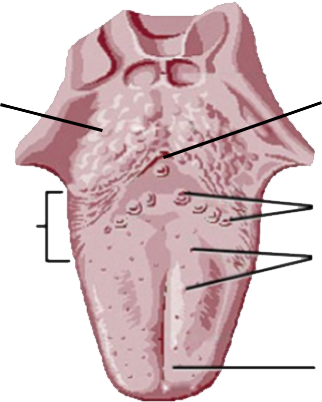Difference between revisions of "AY Honors/Taste/Answer Key"
m |
Pathfinders (talk | contribs) m (BUC presentation) |
||
| Line 56: | Line 56: | ||
==6. Explain how taste is related to our other senses?== <!--T:9--> | ==6. Explain how taste is related to our other senses?== <!--T:9--> | ||
| + | |||
==7. Is our taste preference genetically decided or is it trained? Explain.== <!--T:10--> | ==7. Is our taste preference genetically decided or is it trained? Explain.== <!--T:10--> | ||
Revision as of 23:48, 10 October 2020
1. What is the gustatory system?
Also known as the sense of taste, is the sensory system that allows us to perceive different flavors from substances like food, drink, and medicine. Molecules that we taste (called tastetants) are sensed by cells in our mouth, which then send information to the brain. These are specialized cells made to only receive taste.
Taste buds (gustatory receptors) send the taste information through neuro pathways to the brain stem. The brain stem sends the information on to the thalamus and the gustatory cortex, which is located in the left side of the cortex. These parts of the brain interpret the taste information and send back data to you for your reaction to the taste you are receiving.
2. Define the word ‘taste’.
Taste is the perception produced or stimulated when a substance in the mouth reacts chemically with taste receptor cells located on the taste buds in the oral cavity, mostly on the tongue.
3. What are the taste buds?
Taste buds are sensory organs found on your tongue (mostly). Taste buds largely reside on the tongue but also exist in small number on the lining of the throat near the tonsils as well as in the gums.
Scientists use to think that different parts of the tongue sensed different tastes, but many now feel that the taste buds on the different parts of the tongue are capable of receiving and processing a variety of taste information.
The bumpy nature of your tongue comes about because of these bundles of taste pores that are set to receive tastes as they enter your mouth.
4. Name the five taste sensations.
Sweet, Sour, Bitter, Salty, Umami (savory)
(See tongue "numbered" image) Popular myth about distinct regions for tasting different tastes 1. Bitter 2. Sour 3. Salt 4. Sweet
Many spices damage taste receptors.
Teaching Idea: Create a short slideshow, quizlet, Kahoot, or other "game" that has pictures of foods that primarily have one of the above flavors. Have teams compile "points" or collectively identify a huge host of foods common to your cultural group(s).
5. On the diagram below, identify the indicated parts of the gustatory system.
7. Is our taste preference genetically decided or is it trained? Explain.
8. What are the treatment options for someone who has lost their sense of taste?
9. Quote five Bible texts that refer to our sense of taste.
10. Perform a blind taste test with a minimum of ten foods.
METHOD: The easiest way is to do this is with a parent, guardian or friend. Have them blindfold you before they prepare the items for tasting to make sure you have no idea what the items are. Of the foods you taste at least 2 should be from each taste sensation category. Taste each item individually. Make sure that your parent, guardian or friend takes notes based on the questions below for each food that you taste. For each item you have 3 guessing attempts.



